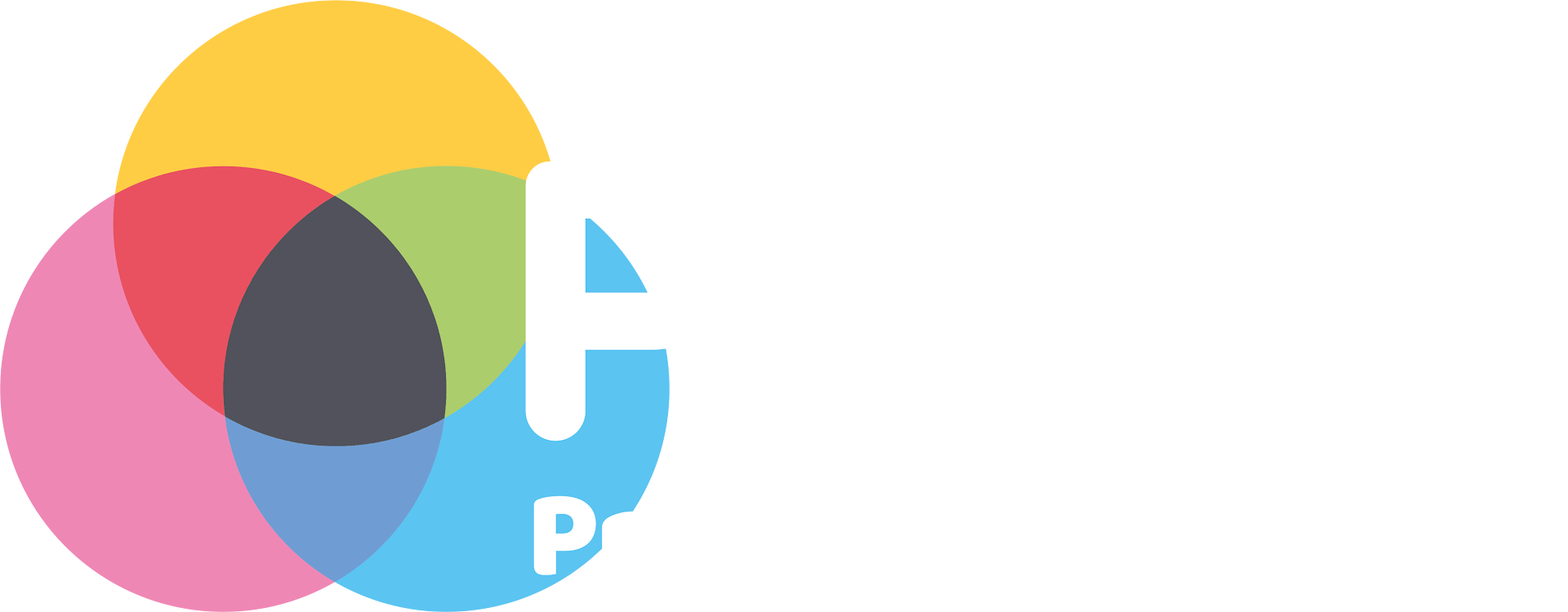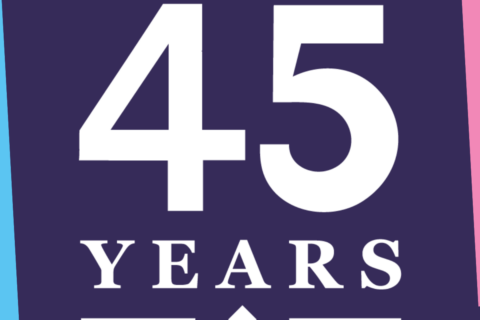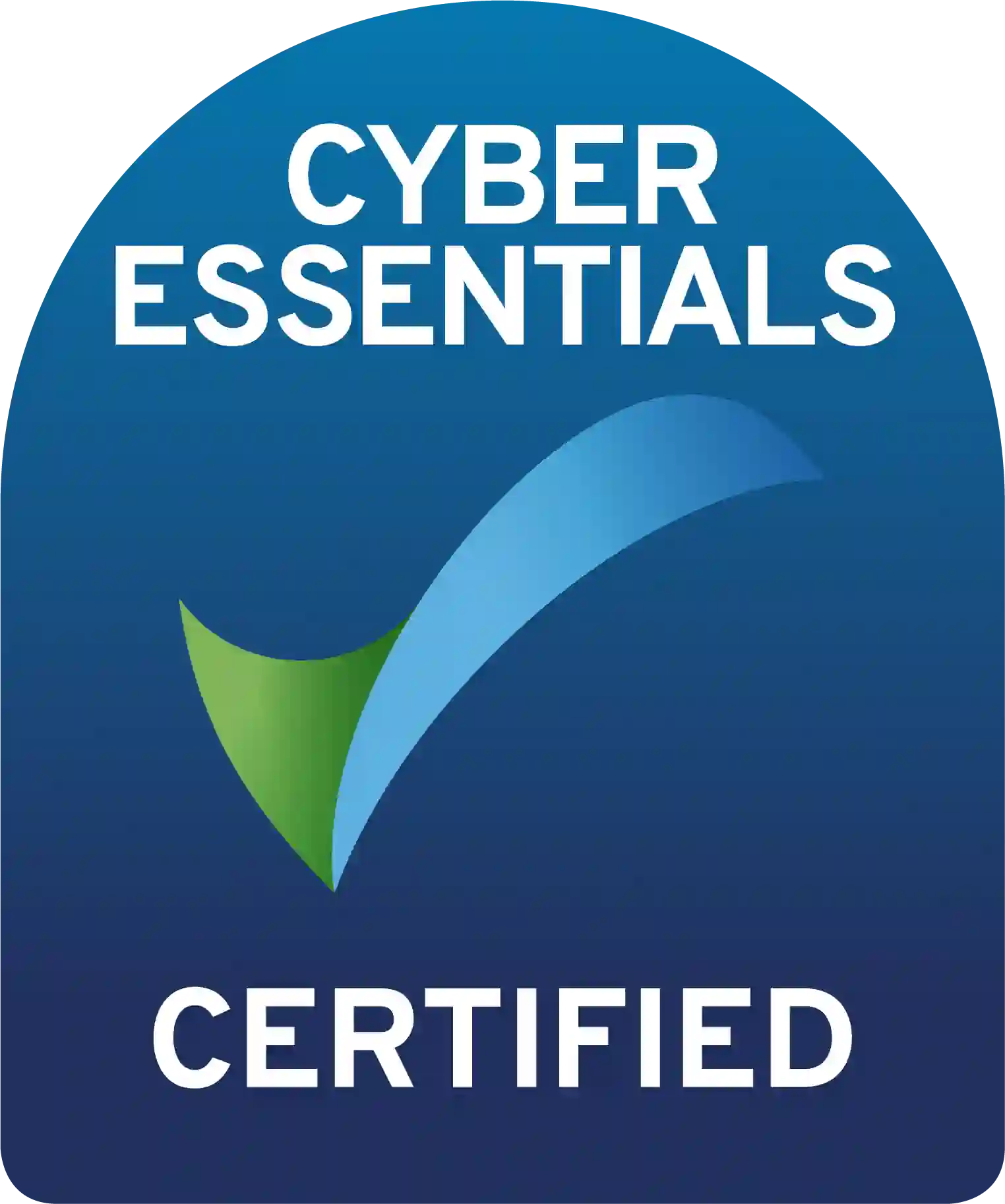How To Choose The Best Paper for Printing Certificates

There are plenty of factors to take into consideration when you design and print certificates. From deciding on the right wording to picking a font style that suits the certificate’s purpose, more thought goes into certificate planning than most people realise.
Arguably the most important element when you print certificates is the paper you choose; it can mean the difference between a long-lasting certificate that both looks and feels like it comes from a reputable institution, and a certificate that may not stand the test of time and that the recipient doesn’t feel proud of.
What Features Make for Good Certificate Paper?
Choosing the right paper for a certificate is as crucial as the design and typography because it adds to the perceived value and authenticity of the award. Good certificate paper should have several key features that enhance its appearance, durability, and the overall impression it makes on the recipient. Here are some important characteristics to consider:
Weight
- Thickness and Stiffness: Heavier paper (measured in GSM – grams per square meter) lends a feeling of quality and significance. A weight of 120-250 GSM is typical for certificates, with higher GSM values indicating thicker, stiffer paper.
Texture
- Finish and Feel: The texture of the paper can vary from smooth to linen or parchment-like finishes. Textured paper adds a tactile dimension to the certificate, making it feel more prestigious and unique.
Colour
- Shade: While white is classic and versatile, off-white, cream, or other subtle hues can add warmth and sophistication. The choice of color should complement the certificate’s design and ink colors for optimal legibility and aesthetic appeal.
Durability
- Longevity: Acid-free papers are preferable because they resist yellowing and deterioration over time, ensuring the certificate remains in good condition for years.
Print Compatibility
- Ink Absorption and Print Quality: The paper should be compatible with the printing method used, whether it’s inkjet, laser, or professional printing services. It should absorb ink or toner well without smudging or bleeding, producing crisp, vibrant text and images.
Watermarking
- Security Features: Some certificates may include watermarks or other security features to authenticate the document and prevent forgery. This is particularly important for formal and high-value certifications.
Environmental Considerations
- Sustainability: Eco-friendly paper, such as those certified by the Forest Stewardship Council (FSC) or made from recycled materials, can be a responsible choice that reflects well on the issuing organization.
Reflectiveness
- Sheen: A matte finish is typically preferred for certificates, as it is easier to read and looks more elegant. However, a slight sheen or metallic accents can be appropriate for specific design elements or borders.
When selecting certificate paper, it’s essential to consider the purpose of the certificate and the message you wish to convey. A certificate of achievement, for example, may warrant a different paper choice than a certificate of participation. Sampling different papers and printing test copies can help you decide which paper best suits your needs, ensuring the final product is both beautiful and meaningful.
What Is The Best Certificate Paper Type?
Before you start certificate printing, know your paper options so that you choose a finish that is best suited to your purpose. What’s more, it’s important to know which paper to choose as the right paper can also deter fraud with security features that make it difficult to alter without damaging the text or images.
Parchment paper
Parchment paper is considered the best choice for certificates. Its unique, mottled appearance gives a sense of antiquity while the thick paper is hardy and resilient. Parchment paper can be used by laser printers, inkjet printers, copiers, calligraphy and even typewriters. This makes it a versatile choice which can be used in different ways to print certificates with a feeling of gravitas.
Linen paper
Linen paper has the same look and feel as its namesake. Its subtle, embossed texture looks expensive and eye-catching, two qualities favoured by certificate printers. It’s an excellent choice for important documents such as certificates, restaurant menus, or business correspondence.
Laid paper
Laid paper also has a similar finish to handcrafted paper; its finely ribbed appearance is created in the production process as the paper is made on wire moulds that give it a characteristic watermark of close thin lines.
Granite paper
If you want a visually heavier look, granite paper gives the look of polished granite with a smooth finish. It’s a perfect choice for certificates as well as letterheads, presentations, proposals, menus and personal stationary.
Summary:
Designing and printing certificates involves careful consideration of wording, font style, and particularly, the choice of paper, which significantly impacts the certificate’s perceived value, durability, and authenticity. Good certificate paper is characterised by its weight, texture (smooth to linen or parchment finishes), colour (white to off-white and cream hues), durability (acid-free for longevity), print compatibility (suitable for various printing methods), watermarking (for authenticity and fraud prevention), environmental considerations, and reflectiveness (typically matte finish). These features ensure the certificate looks and feels prestigious and maintains its condition over time.
Parchment paper, with its antique look and resilience, is often considered the best choice for certificates due to its versatility for different printing methods and its dignified appearance. Other options include linen paper, known for its luxurious embossed texture; laid paper, with a handcrafted feel and distinctive watermark; and granite paper, offering a polished and heavy visual appeal. These varieties cater to different aesthetic and functional needs, from formal awards to business and personal stationery, underscoring the importance of selecting the right paper to enhance the certificate’s significance and security.
Let us talk you through the different kinds of paper which can be used to print certificates. Fill in our online enquiry form and a member of our team will be in touch to set up a free consultation.
Last Updated: Monday 11th March 2024, 13:45
















